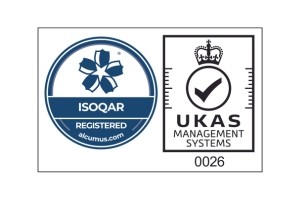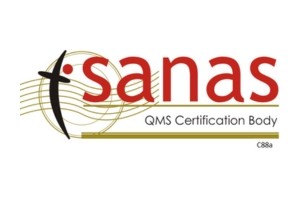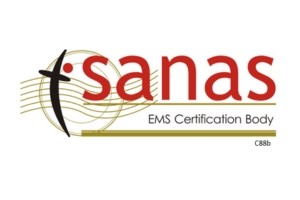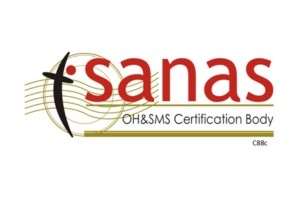


What is an ISO Gap Analysis?
A Gap Analysis to any applicable standards can be conducted prior to the certification process. The analysis may assist in identifying your achievements as well as shortfalls in your Management System that should be met prior to certification. You will receive a comprehensive report detailing how effectively your current system meets the objectives you have specified in the audit scope. Such criteria may include the applicable standard or a relevant industry code.
An overview of the key steps to certification, and a description of each, follows.
01
Stage 1. Preliminary Audit Activities (Document Review / Preliminary onsite Audit)
02
Stage 2. Certification Audit of System
03
Stage 3: Certification Maintenance (Periodic Surveillance Audits & Triennial Re-certification Audit)
Application and Project-Planning
An early application is advised to enable us to plan and adjust our service delivery process to best suit the needs and expectations of your organisation. Upon application, you will receive an Acknowledgement of Application as confirmation of your registration as an applicant for certification under the applicable standards scheme and be advised of the Client Manager who will be responsible for facilitating the certification project.
The Acknowledgement of Application may be used to provide your customers and other interested parties with a formal indication of your intention to gain third party certification/registration. Your Client (Manager) will be your primary contact for managing ongoing delivery of various services throughout all phases of the certification process, and for responding to any queries you or your staff may have about certification or training.
Stage 1. Document Review/ Preliminary Audit
This involves an on-site assessment of selected policies, procedures and practices/processes as required by the applicable Standards. You will receive a comprehensive report that will identify the extent to which the existing documented system meets the applicable standards requirements. Opportunities for improvement will be highlighted, and recommendations made regarding the next stage of the certification process.
The Stage 1 Preliminary Audit will provide management and staff with the opportunity to discuss any problems or improvements and address other queries regarding the Stage 2 Certification Audit process. These activities will essentially test the system’s state of readiness for the Stage 2 Audit and provide input to the Certification Audit planning process.
Stage 2. Certification Audit and Registration
The Stage 2 Certification Audit is a detailed, full system assessment, which verifies conformance of the management system to the requirements of the Standard; and identify opportunities for improvement. Any issues identified in the Stage 1 activities will also be reviewed to ensure they have been appropriately addressed. When the management system documentation and practices effectively satisfy the Standard’s requirements, then implementation is deemed to be effective and certification will be recommended.
Approval of the recommendation for certification will result in the issuance of a Certificate of Registration, valid for a three-year term (subject to ongoing compliance demonstrated at the prescribed number of surveillance audits during the licence period). Your organisation’s certification details will then be added to the ISOQAR Register of Certified Companies. An annual registration fee applies, covering the costs of licensing, accreditation and use of the UKAS certification logo.
Stage 3: Certification Maintenance
Once certification is achieved, the organisation will be required to undergo periodic Surveillance Audits to ensure the system is being maintained. The intention is to provide feedback on system performance.
Every three years after certification as per license agreement, the organisation will be subjected to a Re-certification audit. The purpose of re-assessment is to verify overall continuing effectiveness of the organisations management system in its entirety in the light of changes in operations, confirm the effective inter-action between all elements of the system and verify demonstrated commitment to maintain the effectiveness of the system.





